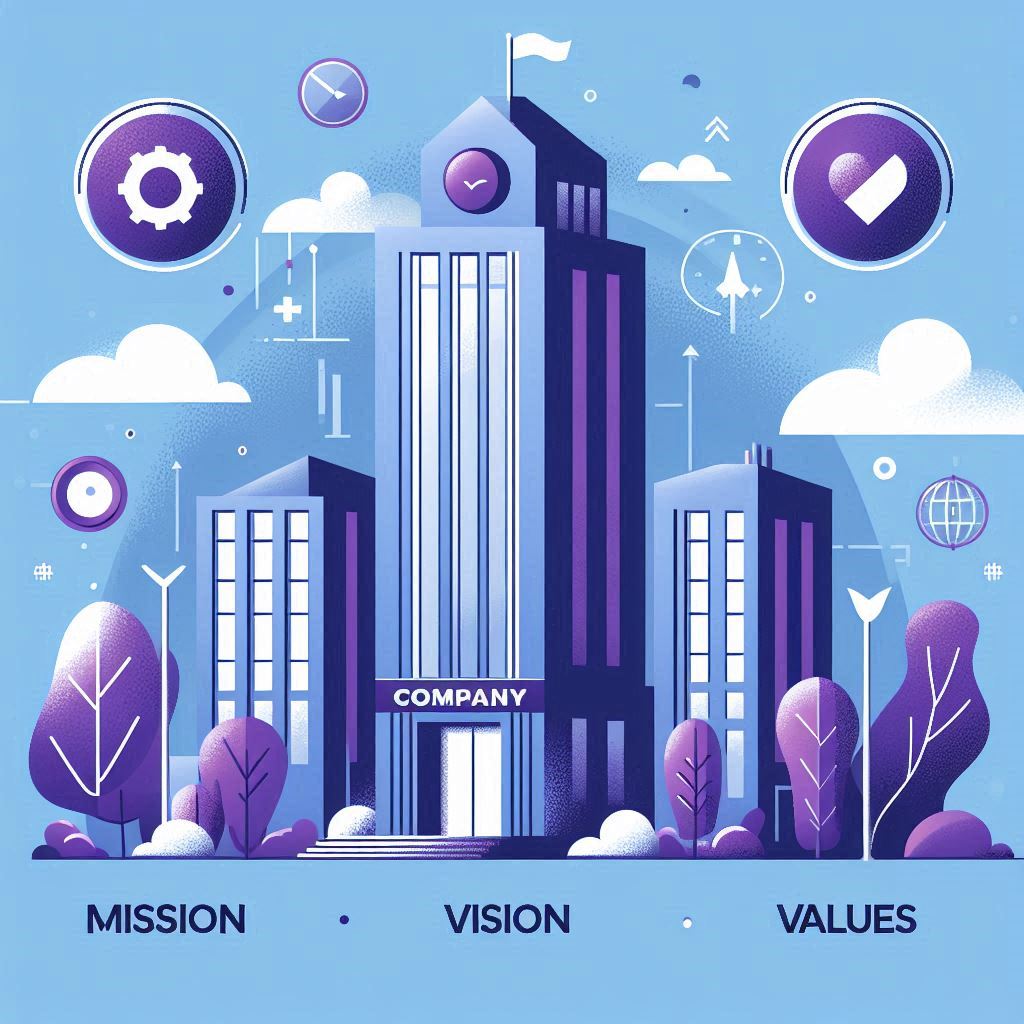Simple and Cost-Effective Ways to Boost Employee Productivity
Everybody wants productive employees, but not everyone is as invested as they need to be in how to actually get there. Things like Amazon vouchers and staff training days are all well and good, but for many members of staff, they simply aren’t motivating enough. Below are two tasks for your HR department to try. The first is easily actionable and has proven results. It doesn’t cost a lot to implement, so it could be worked on right away. The second is more time-consuming to implement and requires regular check-ins, but it can have a truly transformative effect. Take a read and see which one you’d like to use in your own business.
The Magic Tomato Timer
Next time you’re out and about, consider spending a couple of dollars a-piece on some game-changing tomatoes. You heard that right. In the late 1980s a technique was coined the Pomodoro technique and it all started with a little tomato-shaped timer. Francesco Cirillo discovered that if he worked solidly, without any distraction for 25 minutes, then took a break for 5, he could get more done than in a distracted couple of hours. He used this technique to help him through his university degree and then his technique took off!
If you’ve not tried it before, then try it yourself for a couple of days first and see what you think of the results. Then, ask your staff to try it. The novelty value of the tomato timer is sometimes enough to ‘break the ice’ and really encourage employees to give it a try. Ask them to mute their phones and desktop notifications for the full 25 minutes and try to focus without distraction on one task. Then, it’s time for the break.
It might sound a little odd, but the break is just as important as the uninterrupted break time. This is for two reasons, firstly, it’s an incentive to work hard and focus during the 25 minutes preceding, because you know that break is coming. Secondly, the break gives the brain time to unwind, relax, and switch off from the task at hand. Whether the break is used to play an online game, complete a crossword, chat at the water cooler, or whatever else, it should be nothing to do with the work. Something like playing a game is a great choice, because it’s the kind of thing that simply wouldn’t be on the cards at work usually. So, during the five-minute break, encourage your team to actually take a break, playing a game is the perfect way to unwind. Whether they want to practice their chess moves or take a spin at some online slots titles, it’s important to switch off from work for those minutes. It’s tempting to check emails, or make work calls during that break, but the act of playing a game allows the brain to properly relax and engage fully in something else.
Show Them You’re Impressed
This might sound obvious, but we sometimes forget that our employees need to be recognized. Unfortunately, a gold star sticker isn’t going to cut it in the professional world. Instead, make an effort to set up a goal (a big one) for every employee to work towards. For some it might be something as simple as completing a work-related project on time, for others, it could be progressing to the next level (or the one after that, or a sidestep) in their career. Let your employee lead you, but don’t be afraid to point out their strengths and the areas they could develop.
The bad news is this is the kind of productivity technique that takes time – a lot of time – to implement properly. The good news is that once you have the framework in place, you’ll reap the rewards. Giving your employees agency over their own careers is one of – the – most motivational things that you can do for them. So, start by setting aside at least half an hour to talk to every member of your team and find out what drives them. By the end of your meeting, you should both have a clear idea of what your employee wants to achieve and how they could get there. Then, it’s up to you to draft a map of how they can achieve their goal. Aim for tangible steps, with at least one thing that can be accomplished right away and another that can be accomplished within a fortnight.
You need to repeat these short meetings at least every two weeks to check in on their progress. Be sure to set smaller goals along the way and allow them to devote an afternoon each week to furthering their development. This could be something in-house like an afternoon spent with a more senior member of staff as a mentor, or it could be something away from work, like a networking event or conference. Keeping this as specific to each individual as possible is the key to success.










